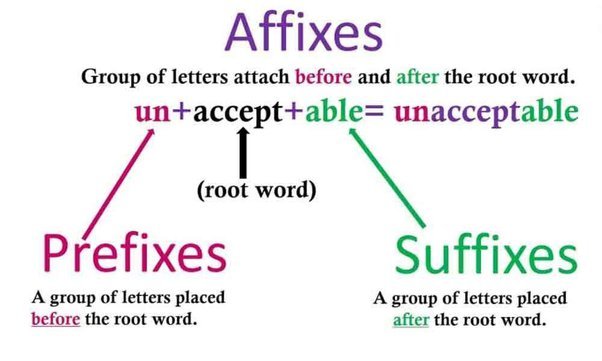3 Ways to Challenge Your Students into Becoming a Master Word Detective
When we are reading a story with a child, we often encounter a situation where they don’t know what a word means. Here, there is a lot of temptation to define the word for the child; we should actually use this opportunity to build up their context clue skills. In this blog post, we will talk about the three ways to help your student grow into a master word detective, who can infer the meaning of a word they have not seen before.
But first thing’s first - how can we tell that the child does not know the word?
Assume that the student does not know the word they are not able to decode it correctly: If a child is unable to decode a word, it flags that they probably have not seen the word before.
Ask reading comprehension questions frequently to test for understanding: As students get older and become better at decoding, they may be able to pronounce an unfamiliar word correctly. Asking frequent reading comprehension questions will not only reveal their understanding of the passage but also the gaps in vocabulary. If a child is failing to comprehend a particular sentence, prompt them to re-state it in their own words, watching out for the gaps in their vocabulary.
Ok, so you’ve identified the word that your student does not know. Now, we can encourage the child to be a “word detective,” picking up clues from the passage by utilizing three techniques.
Method 1: Ask them to cover up the word and come up with another word they would use.
Cover up the word and try to make sense of the sentence. What word do we have to place in there for the sentence to make sense and fit in with the rest of the passage? For example, take a look at this passage:
The world's tallest living tree is a redwood. It's more than 379 feet tall. The scientists named the tree "Hyperion," and they say it's in Redwood National Park in California. They're keeping the tree's exact location a secret, though. That's because they're apprehensive about visitors coming to see it. Visitors could damage the tree just by walking on top of its roots. So, Hyperion remains hidden somewhere in the redwood forest.
Apprehensive is a big word! But have them cover up the word and think about how scientists might feel about the fact that visitors can come to see Hyperion and damage it. (For younger students, photos provide wonderful context clues).
Sometimes, you may have to provide an additional sentence or two. But push them to infer the meaning of the word; this is helpful not only for developing vocabulary acquisition but also critical thinking skills.
Method 2: Ask them to sound the word out and see if they can think of any word that sounds similar
Oftentimes, we can guess the meaning of a word based on how it sounds. For example, say you find the word “elevate” in a passage. What word do we know that sounds like elevated? (You could give a hint like “It’s in every tall building you’ve been inside!”) Yes, elevate sounds like an elevator. What does an elevator do? Bring us up and down. Take a look at this sentence; between"bring up” and “bring down,” which one makes more sense?
Method 3: Teach your students about affixes and roots and ask them to identify them
Elementary school students should start to become familiar with the idea that a word can be broken down into chunks that tell us something about what the word means. Take a look at the word unacceptable, for example:
The “un” negates the word. “Able” means something we can. So together, unacceptable means something we cannot accept.
Elementary school students should become familiar with the following fundamental affixes:
Un-, dis-, in-, im-, and non-
Pre-
Re-
Sub-
Mis-
-Ful
-Less
-Able or -ible
Middle and high school students should start to learn commonly used root words as well. Click here to find an excellent list!
After you have used these techniques to help your student become a little Sherlock Holmes, please do make sure to have them use the word they just learned in a sentence to you. So many words contain connotations that are difficult for a child to glean initially, so we want to ensure that they are able to use the word correctly!
